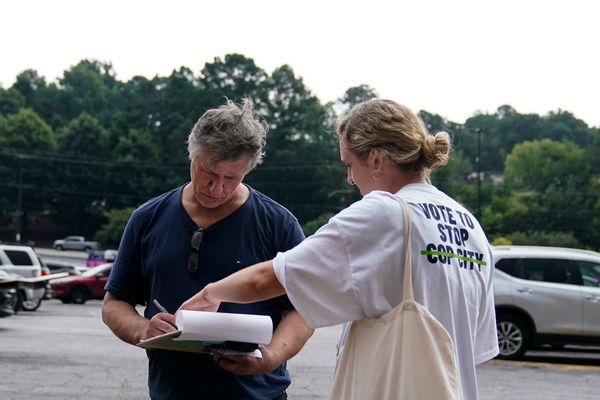
Injured women are experiencing sex discrimination in the administration of a life-saving drug that cuts the risk of bleeding to death by 30%, researchers have warned.
They found that female trauma victims were half as likely to receive tranexamic acid (TXA) as injured men – even though the treatment is equally effective regardless of sex.
“These results are very concerning. TXA is the only proven life-saving treatment for traumatic bleeding. Women were treated less frequently than men regardless of their risk of death from bleeding or the severity of their injuries,” said Prof Ian Roberts of the London School of Hygiene and Tropical Medicine (LSHTM), who was involved in the study.
“This looks like sex discrimination, and there is an urgent need to reduce this disparity, so all patients who need the drug have the chance to receive it.”
TXA helps blood to clot, and is used to prevent excessive bleeding in various situations, including where there is known or suspected severe bleeding after an injury. It is also given following certain types of head injury.
To investigate whether the drug is equally effective in men and women, Tim Nutbeam at the University of Plymouth and colleagues reanalysed data from two large trials which showed that giving TXA within three hours of traumatic injury reduces the risk of death. They found that the drug reduces the risk of death by up to 30%, regardless of sex.
Next, they examined data from 216,000 patients included on the Trauma Audit Research Network (Tarn) database, which collects information from major trauma units in England and Wales, to see if injured men and women were treated differently.
“Whatever of the mechanism of injury, and whatever the bleeding risk we looked at, women were statistically less likely to receive tranexamic acid than men, apart from road traffic collisions with a very high risk of bleeding,” said Nutbeam, whose research was published in the British Journal of Anaesthesia. “However, when we looked at mechanisms of injury which we tend to associate less with major trauma, such as falls from standing, women and particularly older women were much less likely to receive it.”
As striking as these results are, they are not necessarily surprising, he added: “It is already known that women with chest pain are less likely to receive aspirin, less likely to be resuscitated for out of hospital cardiac arrest, and less likely to be taken to hospital by an ambulance using lights and sirens.”
Explaining why these differences in TXA administration exist requires further research. “We can only speculate,” Nutbeam said. “I think very little of it is doctors or paramedics saying: ‘I don’t like women, and therefore I’m not going to give them this drug.”
One issue may be the training that doctors and paramedics have received. “Traditionally we are taught that trauma is about young men in car accidents, or doing something silly after consuming drugs or alcohol, but the reality is that it affects every spectrum of society, and it disproportionately affects older patients,” said Nutbeam. “Clinicians in the UK must be provided with clearer treatment guidance so that we can help reduce this bias.”







